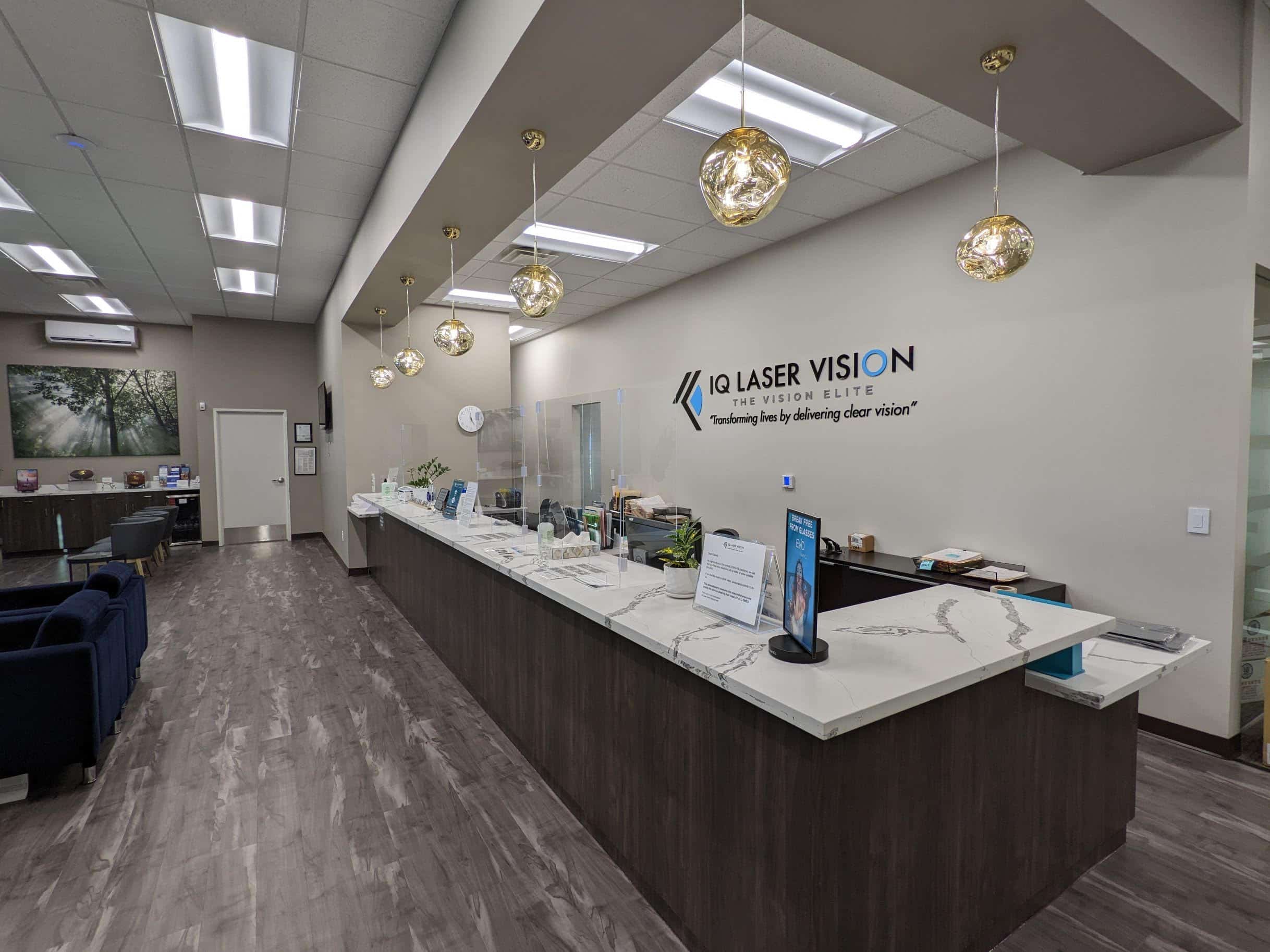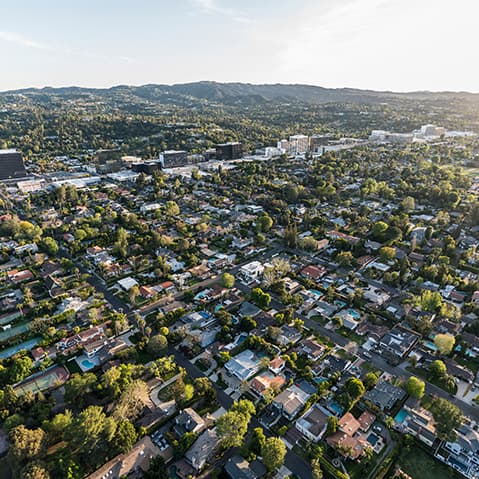Searching for a way to achieve visual freedom from glasses and contact lenses? The answer may be by having LASIK!
LASIK is a kind of vision correction procedure. The great thing about LASIK is that it’s permanent. LASIK uses two lasers to permanently reshape your cornea.
These include an excimer laser and a femtosecond laser. It’s no surprise if you’ve heard of LASIK or you’re already familiar with it because it’s quite well-known!
It’s the most common elective medical procedure that you can have and the most popular vision correction procedure.
Part of what makes it so popular is its effectiveness. Most people that have LASIK end up with 20/20 vision or better! Since becoming FDA-approved, LASIK has only evolved, thanks to advancements in technology.
But if you’re considering having LASIK to correct refractive errors, it helps to know more about it. One of the most important parts of getting LASIK is the creation of a flap during the procedure.
The LASIK flap is how your vision can be permanently fixed! Keep reading to learn more about the LASIK flap and to find out if LASIK may be right for you!
Why is Creating a Flap During LASIK Necessary?
Although the creation of a flap during LASIK is one of the most important parts, it’s not something that everyone knows about. So, why is the LASIK flap necessary?
Think of it as the access point that your LASIK surgeon at IQ Laser Vision will use to correct refractive errors. The cornea is the surface coating of your eye. It helps direct light to your optic nerve, allowing you to see images.
There are five layers of the cornea, including a surface layer called the epithelium. When you have LASIK, your surgeon corrects your vision by going underneath the epithelium. From here, they can access the thickest part of the cornea, called the stroma.
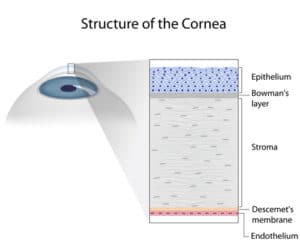
While other procedures like PRK involve removing the surface layer of the cornea, LASIK doesn’t. Instead, it involves creating a small flap in the cornea’s first layer.
The flap can be carefully moved to the side as your surgeon uses the excimer laser to shape the stroma of your eye. They can reshape and adjust the stroma to give you the clearer vision you’ve always wanted.
After reshaping the stroma, your LASIK surgeon will smooth the flap back into place. There are no stitches needed since the flap will heal on its own.
What Makes the LASIK Flap at IQ Laser Vision Different?
At IQ Laser Vision, we use a process for creating the LASIK flap that’s much more comfortable thanks to the Zeiss VisuMax laser. The VisuMax laser uses lower pressure levels than other platforms.
We are also able to create the thinnest possible corneal flaps as the innovators and pioneers of All Laser Soft Touch Micro-LASIK. By performing this technique, our patients get the results they want with a minimal recovery period.
Understanding the LASIK Flap
The LASIK flap is the only manual component when you have LASIK today. In the past, LASIK used bladed instruments, which increased the possibility of risks and complications.
Fortunately, LASIK has only continued evolving as a procedure. Using both femtosecond and excimer lasers means that LASIK is highly precise and exact.
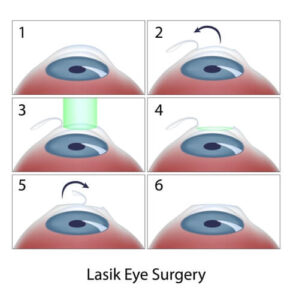
When your surgeon creates the LASIK flap in your cornea, they also create a hinge where the layer remains attached to the eye. The most common location for the hinge is at the top of the eye, or the part of the eye closest to the nose.
In the past, the most common option for the LASIK hinge was the nasal position. In recent years, LASIK surgeons have explored LASIK flaps with upper-positioned hinges.
This “down-up” technique helps keep the flap in place for longer, according to some LASIK surgeons. The belief is the natural blinking process will help keep the flap in place.
When the flap stays in place, it ensures a smoother recovery and healing. Gravity also plays a part.
Many LASIK surgeons prefer the nasal position for flap creation. Your surgeon will discuss their plans with you during your LASIK consultation. Your consultation is the perfect time to ask questions or bring up any concerns you may have about the procedure.
How Does the LASIK Flap Heal?

After replacing the flap and correcting your vision, the healing process can begin. Every patient heals differently, depending on their individual needs.
Your IQ Laser Vision surgeon will give you a guideline of how long it takes the LASIK flap to become secure. For most people, the process takes around two weeks, but it can take longer for others.
Within a month, you should be able to return to your daily activities. You won’t have to worry about disrupting the healing process.
Even though you can get back to most of your everyday activities, you’ll still want to be careful playing sports. Be especially vigilant if there’s a chance that you could get hit in the head or face.
Suffering a blow to the face or eyes while the LASIK flap is still healing could cause complications. If you know that you’re extremely active, another procedure like PRK or SMILE may be a better fit.
You can discuss LASIK alternatives during your LASIK consultation.
Common Issues and Flap Complications
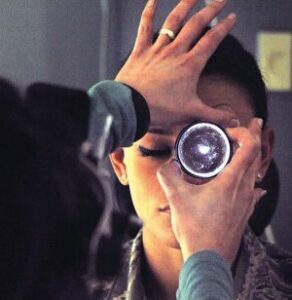
Although rare, there is the possibility a complication could occur after LASIK. It’s very unlikely that you’ll suffer from any of these problems.
Most LASIK patients report no issues and are able to enjoy their new vision almost immediately. Even if you do end up with a flap complication, your LASIK surgeon at IQ Laser Vision can fix it. The most common kinds of LASIK flap issues include:
Flap Dislocation
Flap dislocation can occur after a trauma or an injury that takes place after having LASIK. You must be very careful not to take part in any activity that could harm your eye during the healing process.
Incomplete Flaps
When you have LASIK completed by an experienced surgeon, incomplete flaps shouldn’t happen. These are very rare and more likely to occur if you have LASIK with an inexperienced surgeon.
Diffuse Lamellar Keratitis
Diffuse lamellar keratitis is a condition that can involve inflammation beneath the flap. If the flap becomes inflamed, it can prevent proper healing. Your LASIK surgeon should be able to treat the flap using topical steroids and antibiotics.
Formation of Striae
Striae are small wrinkles that can form in the LASIK flap after the procedure. The wrinkles aren’t likely to interfere with your ability to see. You can correct them by having a painless procedure.
Complications due to the flap that’s created during LASIK have always been rare. Since LASIK became a laser procedure, the risks of complications occurring are even smaller.
Blade-free LASIK ensures that your surgeon can create the most precise corneal flap available. This means that you have the best chance of a pain-free recovery process and better results.
Want to find out if LASIK may be right for you? Schedule your FREE LASIK consultation at IQ Laser Vision, the #1 SMILE Laser Vision Center in the country in Los Angeles, CA, today!










